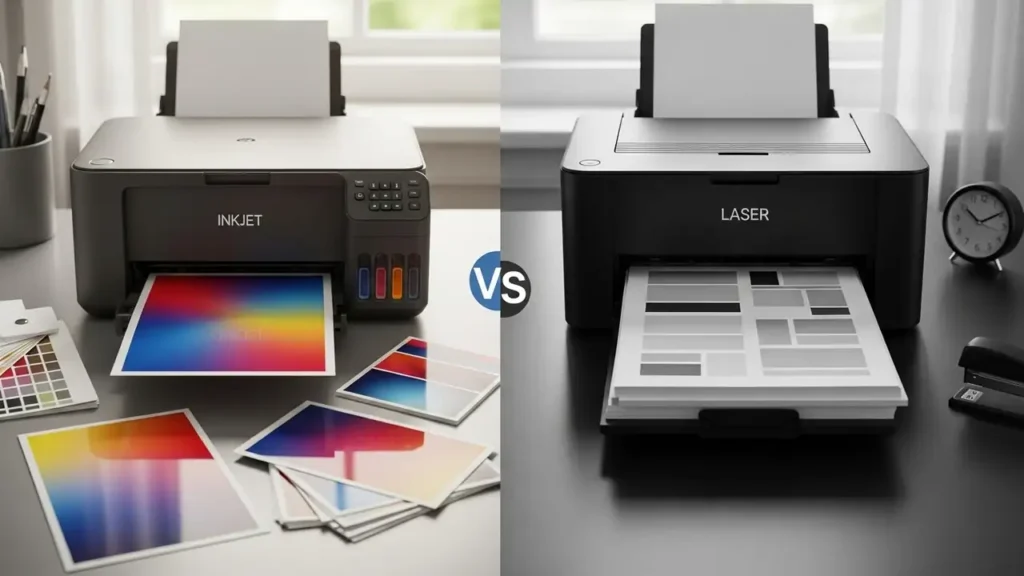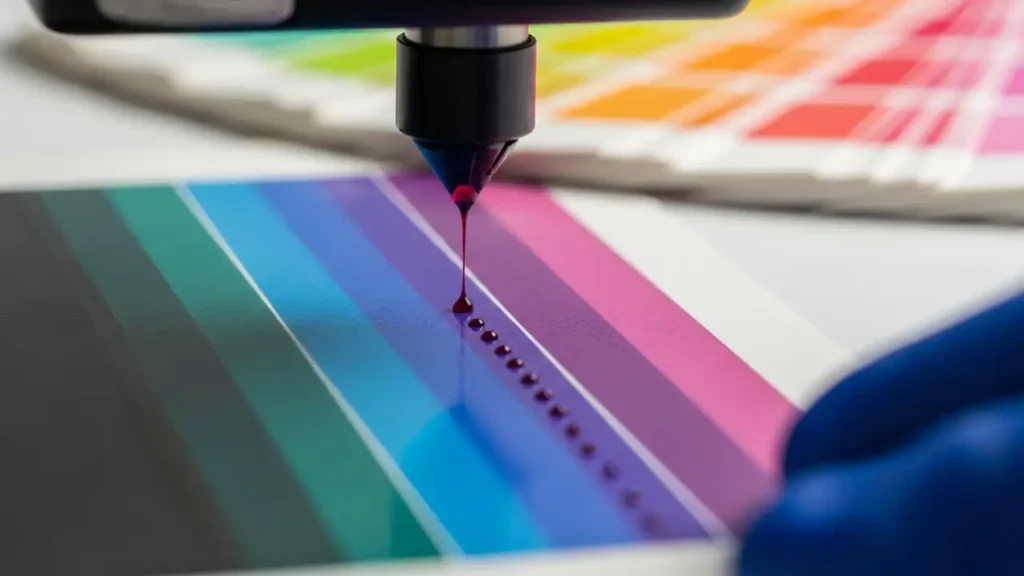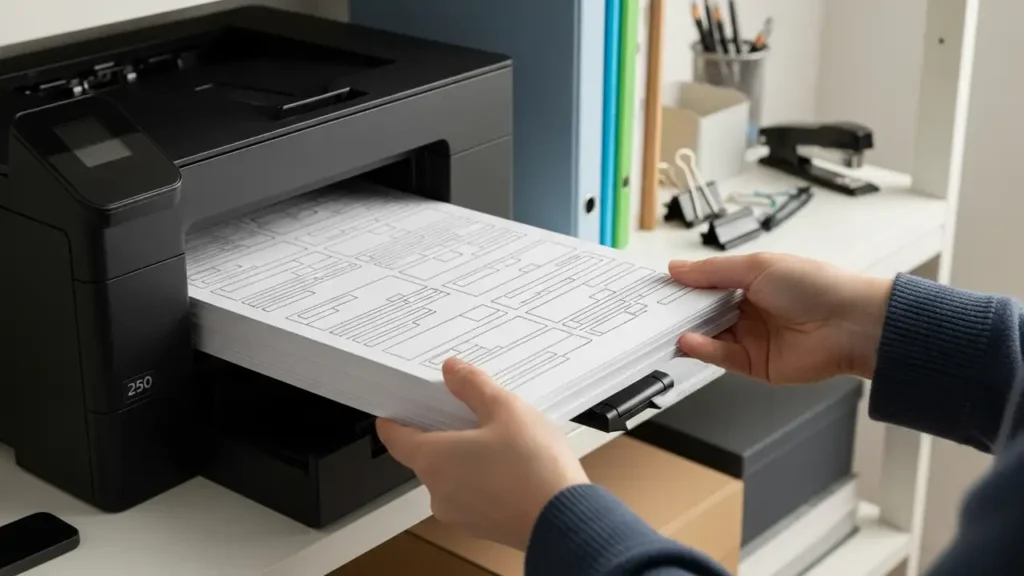
laser inkjet — Which do Americans prefer?
Laser inkjet isn’t about popularity; it’s about picking the machine that matches your pages. In the U.S., families who care about vivid photos and graphics tend to choose inkjet for its color fidelity and flexibility with glossy and specialty papers. Offices and home offices that run text-heavy, high-volume jobs lean laser for speed, uptime, and predictable cost per page. Below is a clear, human-written guide that keeps readers engaged from first glance to final decision.
Inkjet when color and creativity lead
If your household prints family photos, school projects, stickers, envelopes, or heavyweight matte stock, an inkjet’s microscopic droplets deliver smoother gradients and a wider color gamut—especially on glossy photo paper. Most inkjets are compact and light, with a friendlier upfront price that fits apartments, dorm rooms, and craft spaces. The trade-offs are well known: small cartridges can raise cost per page, long text runs are slower, and nozzles can dry if you leave the printer idle for weeks. You can minimize those downsides with simple habits: run a quick weekly test page, choose XL/high-yield cartridges, or step up to ink-tank designs that slash running costs while keeping photo quality intact.
Laser when speed and text dominate
Laser printers fuse toner to paper, producing razor-sharp text and durable office graphics at speed. For essays, invoices, contracts, shipping labels, and multi-page PDFs, a mono laser is a low-friction workhorse that wakes from sleep and prints without cleaning cycles. Color laser models shine for crisp charts and handouts that must resist smudging, though they still won’t match an inkjet’s glossy, photo-lab look. While lasers usually cost more upfront and occupy more space, they reward steady text volume with faster throughput and a lower, more predictable cost per page.

Cost per page—compare in seconds
You don’t need a spreadsheet to compare laser inkjet running costs.
Inkjet: Cartridge (or bottle) price ÷ rated page yield. XL/high-yield supplies cut costs dramatically; ink tanks are already very low.
Laser: (Toner price ÷ yield) plus (drum price ÷ yield if the drum is separate). For sustained black-and-white text, laser usually wins over time; for mixed color documents, modern ink-tank inkjets can rival or beat laser CPP.
A simple guidepost: if you print under ~50 pages per month, prioritize convenience and upfront price (a basic inkjet or compact mono laser). If you print 150+ pages per month, prioritize CPP, duty cycle, duplex printing, and a decent paper tray—those factors keep ownership costs under control.
Choose in 30 seconds
Mostly text, steady volume: Pick laser (mono or color) for speed and stability.
Photos/graphics on glossy paper: Pick inkjet for color range and gradient smoothness.
Infrequent printing: Pick mono laser—toner never dries.
Frequent color with minimal spend: Pick an ink-tank inkjet.
Durable office color: Use a color laser; keep an inkjet nearby if true photo quality matters.
Features that actually matter
For laser: automatic duplex, at least a 250-sheet tray, reliable Wi-Fi with AirPrint/Mopria, and an ADF with duplex scan if you process document stacks. Confirm availability of high-yield toner and check whether the drum is integrated or separate.
For inkjet: pigment black plus dye CMY (crisp text and vibrant images), dependable duplex printing, and either separate color cartridges or ink tanks so one empty color doesn’t force a full replacement. Clean mobile apps and solid drivers are worth more than a marginal speed bump.

Mistakes that inflate total cost
Chasing the cheapest sticker price and ignoring supplies can backfire—tiny starter cartridges make cost per page soar. Buying a color laser as a photo replacement disappoints; it’s excellent for charts and reports, not album-grade portraits. Overlooking paper handling is another trap: duplex and tray capacity improve daily life more than a one-page-per-minute difference. And if you choose inkjet, don’t let it sit for months; print a small page weekly to keep heads healthy and colors consistent.
Bottom line
Americans prefer inkjet for photo-centric, creative home use, and laser for fast, low-cost text in home offices and workplaces. Match the machine to your pages, price the next set of supplies before you buy, and your laser inkjet decision will deliver clean output, low hassle, and fair costs for years.

